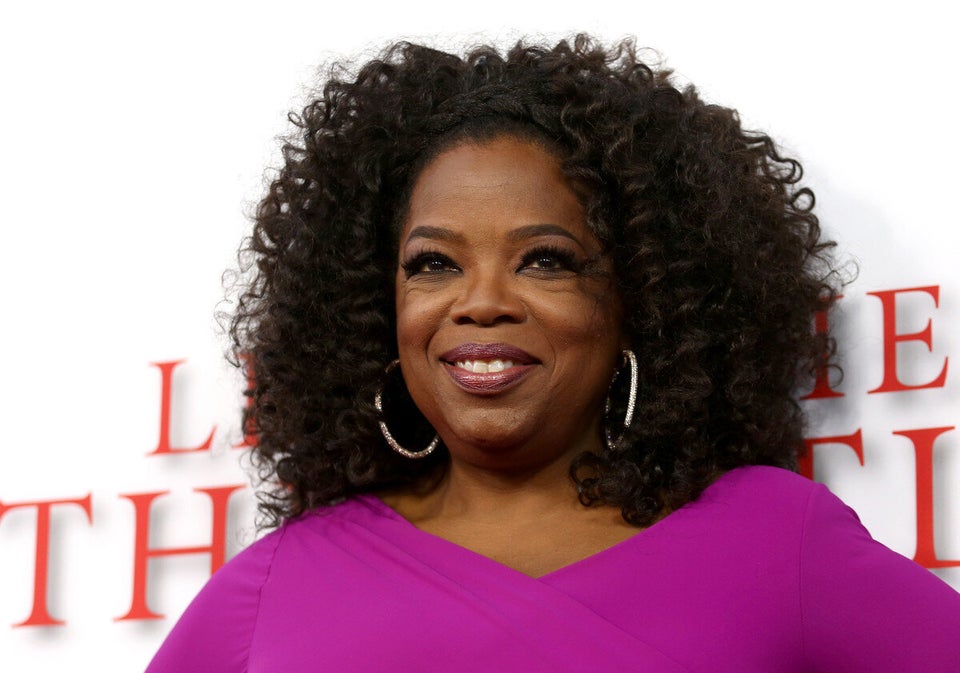"The responsibility of an artist representing an oppressed people is to make revolution irresistible." - Toni Cade Bambara
Here we go again was my initial reaction to the recent image circulating on social media of a Russian socialite and Garage editor-in-chief Dasha Zhukova sitting on a bondage chair that was held up by a mannequin in the likeness of a black woman. This problematic image was published on Dr. Martin Luther King Day that is officially celebrated in the United States.
Somehow I knew many of the responses to this distasteful image were going to be in defense of artistic freedom, art reflecting society, or the trite argument about art serving to open up dialogue around social inequalities of oppressed groups.
I am not one to support censorship but where do we draw the line when white supremacy is used in a multi-layered way (in this case fashion) to reinforce social inequalities of women and racialized communities?
For those of us who know better, do we just sit silently and ignore this assault in the name of freedom of expression or do we use our agency to challenge cultural artists to think beyond the reproduction of racist (and sexist) ideologies and paternalistic expressions of power?
I am not certain about the extent to which Dasha Zhukova is aware of the offensiveness of the objectification of black women's bodies as represented in this demeaning photograph. This image blatantly projects racist messages that could be read as the celebration of white ideological and material dominance and superiority.
However, if the intention of art is to engage in political and social issues, shouldn't the artist(s) at least gain some insight of the subject he/she has chosen to represent or interrogate? Should the message of resistance being communicated to the public be unmistakably clear? I am partial to W.E.B. Du Bois's assertion about the role of progressive art in society, "All art is propaganda....I do not care a damn, for any art that is not used for propaganda."
Stereotypes of black people in the media and the fashion world are not new and have become all too common. Annually, especially during Halloween, we have to endure the Blackface minstrel phenomenon in the name of fun and entertainment. Many of the stereotypes are also gendered as black women's bodies are the target of exploitation and their characters are personified as Jezebels, hyper-sexual or exotic beings.
Expectedly, every time these provocative depictions are portrayed in popular spaces, commentaries, letters to the editor and the usual apologies are issued. Indigenous people are equally subjected to unacceptable images and misrepresentation of their culture. Given the longstanding presence of these problematic caricatures of the racialized, why do we need dialogue to be generated through hideous art that only replicates the same racist and sexist systems they are supposedly challenging?
Buro 24/7 team's and Dasha Zhukova's apology and removal of the advertisement came as no surprise. These two actors managed to clear the air by declaring that they "are against racism or gender inequality or anything that infringes upon anyone's rights.... The chair in the photo should only be seen as a piece of art which was created by British Pop-Artist Allen Jones, and not as any form of racial discrimination. In our eyes, everyone is equal. And we love everybody."
Both parties have only offered an explanation of what the chair actually represents (a piece of art). Therefore the "supposed" dialogue raised from this ad has become one-sided as the creators fail to speak directly to the use of a nude black mannequin in such a "provocative" way. Or are they now deliberately avoiding a conversation around the ugly reality of the symbolic abuse of black female bodies?
It is also not surprising that Dasha Zhukova's countryman's response to her advertisement came across as equally disturbing and failed to critically challenge white supremacy. Not for one second did I embrace this image of a black man seated on top of a white man as more defensible than the original one. Nor did I perceive his photo inspiring a revolutionary or transgressive change in our perceptions of white dominance and superiority.
The issue that comes to mind is whether reversing the roles of dominance should be taken as a true response to the oppression of marginalized groups. Are we supposed to feel less offended now that the table has been turned and white supremacy has been reconfigured to depict symbolic black male domination? Isn't the core of any anti-racist and anti-oppressive agenda to create equity for all?
Nude images of White female mannequins used in the late 1960s to advertise this chair is also not a consolation. We need to perhaps ask ourselves this pertinent question, have there been significant changes in patriarchal structures and misogynistic notions since the circulation of this image in the 1960s?
The fashion world, very much like the media, has used its power to dress up racism as art and has in many ways contributed to the perpetuation of white supremacy and patriarchy. If artists and consumers of art continue to disguise these images as progressive steps to opening up dialogue, freedom of speech and simply art, we will continue to fail to effectively challenge the real systems of oppression.
I tend to agree with Kwame Ture (formerly Stokely Carmichael) on the type of art that is meaningful to society:
Revolutionary art is art which inspires the people to fight against all forms of injustice, which is the only true purpose of revolutionary art. Reformist art teaches the people to accept injustice in essence, while fighting against its form. I think the artists must use the form of their art to confront all evils in the society.
ALSO ON HUFFPOST:
